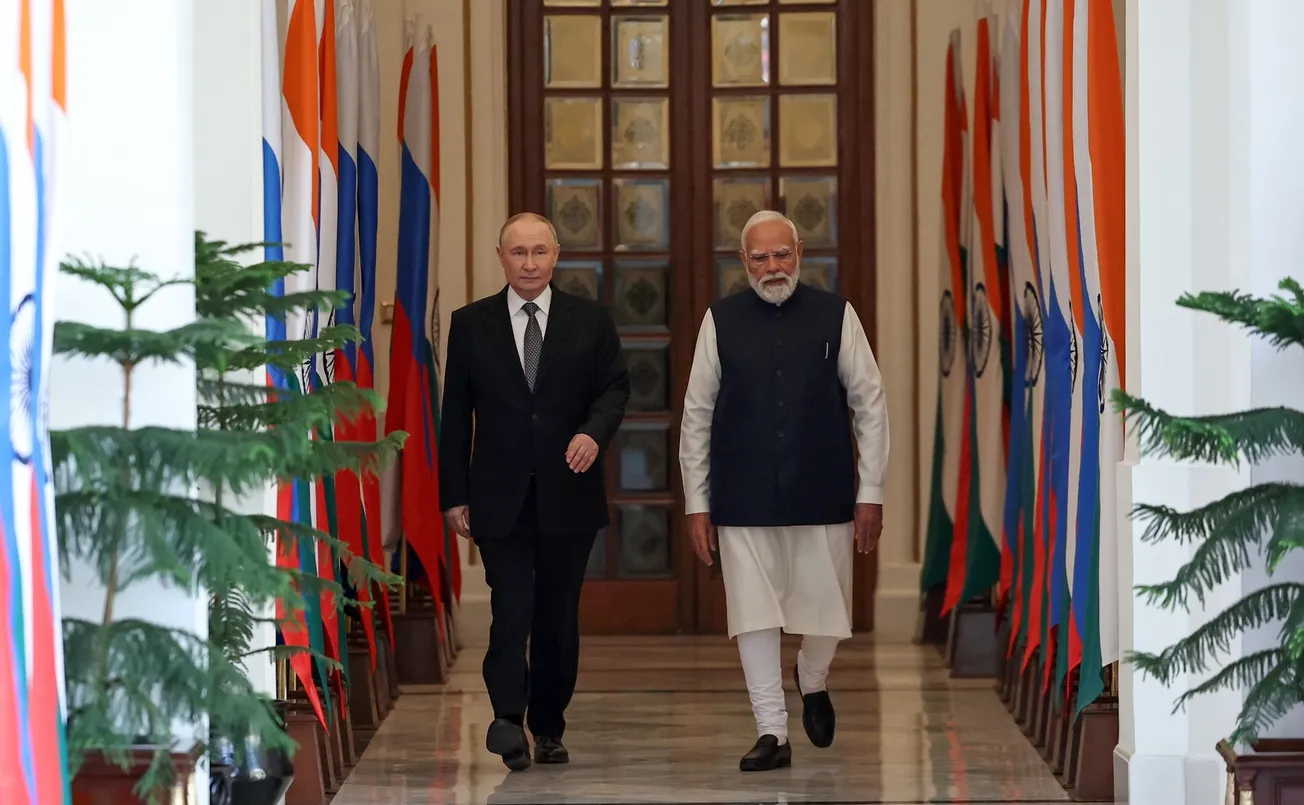The distribution of COVID-19 vaccines is likely to meet its revised target of 20 million by the end of this week. (The original date was Dec. 31st.) As of Tuesday, Jan. 5, over 17 million doses had been distributed to states. Of that amount, a little over 5 million doses have been reported to have been used, or about 30% of what’s been allocated. So far, over 90% of the 5 million doses have gone to medical personnel, while less than 10% have made it to the long-term care facilities (LTCF).
Retail pharmacies CVS and Walgreens are contracted under Operation Warp Speed to get to LTCF and inoculate staff and residents. On Jan. 6, CVS reported that progress has been impeded by two factors: Too much hesitancy from staffers and a smaller-than-expected population of residents. First, they report: “Based on feedback from our field teams, we’ve encountered more vaccine hesitancy among staff when compared to residents.” And second, the estimate of residents was based upon bed capacity; however, bed occupancy is at a historic low, due to an increased unwillingness to commit relatives to such facilities. There are 20-30% fewer residents than what was planned for, resulting in a lag in total inoculations.
Both CVS and Walgreens say that they are on schedule for their Jan. 25 deadlines — but that is in regard to their plans for getting to facilities, not for any amount of inoculations. CVS will get to 8,000 facilities. Walgreens says that they have “remained on track.”
After three weeks of vaccine distribution, the frictions in the machinery have appeared. The CDC guidelines for the initial rollout include only medical personnel and LTCF. A large group of those with pre-existing conditions that make them especially vulnerable (diabetes, cancer, overweight, etc.), a group of 80 million Americans, are on standby, awaiting the second roll-out. So, on one level, there are 12 million doses awaiting jabs into people, while many anxious people are not allowed to be vaccinated yet. There are reports (e.g., in Los Angeles and New York City) of elderly and other vulnerable people getting in lines meant for medical personnel. And in New York, the ParCare healthcare network was reported to the police for allowing access to the general public for vaccines. New York Gov. Andrew Cuomo has now invoked fines for vaccine distributors violating the rules. (Of note, states may choose a distribution plan that does not go by the CDC guidelines.)
Since there are now over 125,000 COVID patients in hospital beds, and around 225,000 new identifiable cases of infection every day, the best laid plans are experiencing stress. One consideration in the U.S. is to reduce the amount of vaccine in the upcoming second dose, based upon a calculation as to a) how much protection could still be maintained versus b) allowing more people to be vaccinated at an earlier date. In the United Kingdom, the plan now is to give more people the first vaccine and to delay giving people their second dose, from the original three weeks up to as late as twelve weeks. This is based upon a calculated risk that the first dose alone will convey a baseline level of immunity.
Otherwise, with the U.S.’s national average for the use of allocations at around 30%, New York has gotten up to 32.1% (though New York City is still down around 25%). California (22.5%) and Florida (25.3%) are two populous states near the bottom. Cuomo is now threatening hospitals with penalties if they don’t get their full allocations out. For what it is worth, New York did show an increase on Jan. 4 and 5 in their reported amount.





